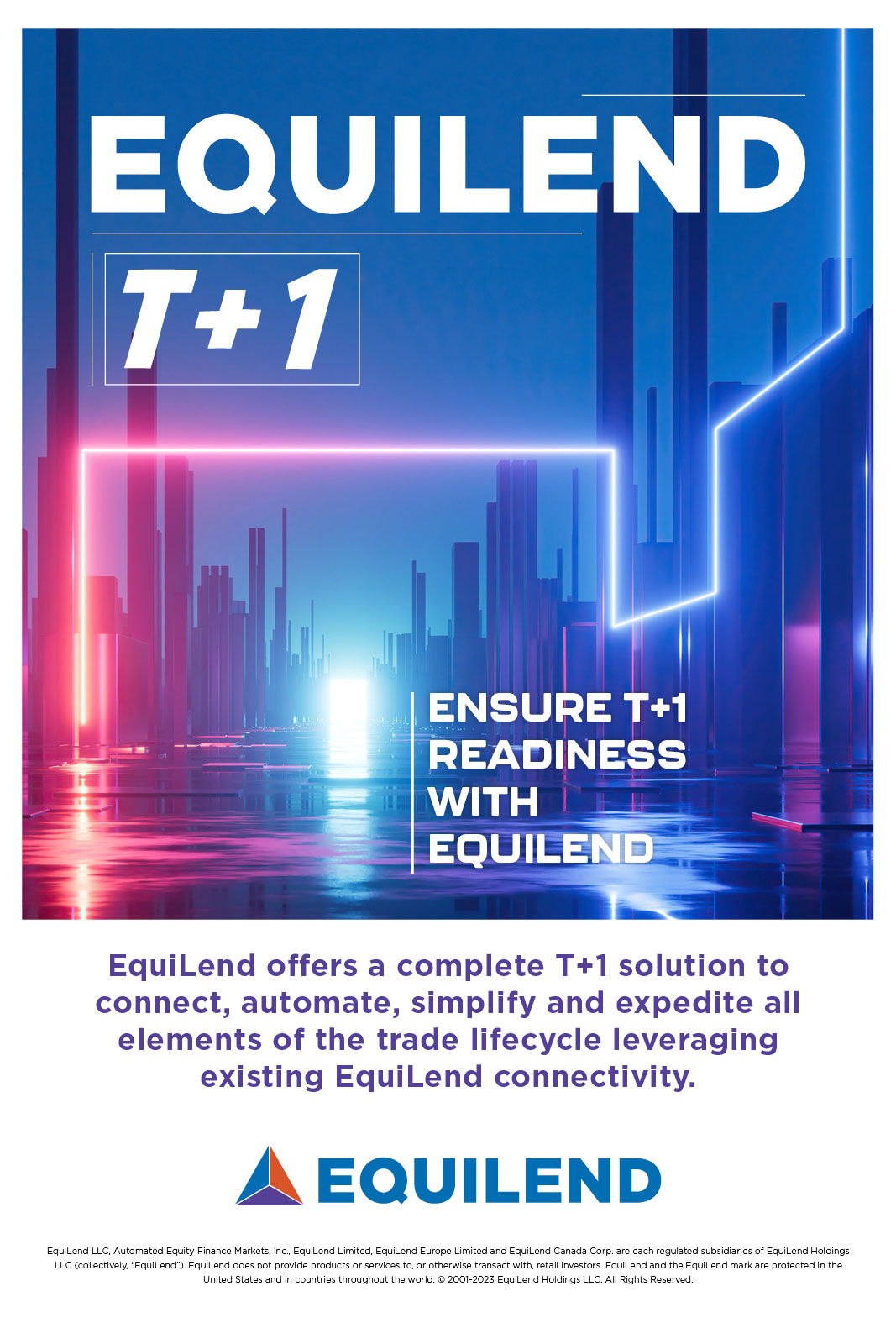Kenya opens to securities lending
31 October 2016 Nairobi
 Image: Shutterstock
Image: Shutterstock
Kenya has become the latest African market to open itself up to international securities lending and short selling transactions.
The country’s Capital Markets Authority (CMA), in conjunction with the World Bank, is in the final stages of developing its capital markets regulation to enable securities lending and short selling and is soliciting feedback from market players.
The latest version of the regulation outlines internationally recognised standards for appropriate lending behaviour such as the need for collateral provided to value at least 100 percent of the securities lent.
This collateral is specified as being either cash or benchmark government bonds, along with a more ambiguous provision for “other category of security as may be specified by the authority [CMA]”. This could mean that equities or other, non-high-quality liquid collateral, will be allowed by the time the new rules are rolled out later this year.
For both securities lending and short selling transactions, the rules put the onus for reporting on any intermediaries involved in the transaction.
Kenya’s CMA follows in the footsteps of other African nations, including Nigeria and South Africa, which have been frontrunners in bring securities lending to the continent.
South Africa, which has hosted a securities lending association since 1999 and offers the most developed market in the region, saw the Johannesburg Stock Exchange initiate its long-anticipated settlement reform by shortening its standard cycle to T+3 from T+5, in July 2016. The move is expected to benefit the securities lending market by boosting market liquidity from encouraging foreign investment.
At the same time, Nigeria’s Central Securities Clearing System launched a securities lending initiative to boost market liquidity in September 2015.
The country’s Capital Markets Authority (CMA), in conjunction with the World Bank, is in the final stages of developing its capital markets regulation to enable securities lending and short selling and is soliciting feedback from market players.
The latest version of the regulation outlines internationally recognised standards for appropriate lending behaviour such as the need for collateral provided to value at least 100 percent of the securities lent.
This collateral is specified as being either cash or benchmark government bonds, along with a more ambiguous provision for “other category of security as may be specified by the authority [CMA]”. This could mean that equities or other, non-high-quality liquid collateral, will be allowed by the time the new rules are rolled out later this year.
For both securities lending and short selling transactions, the rules put the onus for reporting on any intermediaries involved in the transaction.
Kenya’s CMA follows in the footsteps of other African nations, including Nigeria and South Africa, which have been frontrunners in bring securities lending to the continent.
South Africa, which has hosted a securities lending association since 1999 and offers the most developed market in the region, saw the Johannesburg Stock Exchange initiate its long-anticipated settlement reform by shortening its standard cycle to T+3 from T+5, in July 2016. The move is expected to benefit the securities lending market by boosting market liquidity from encouraging foreign investment.
At the same time, Nigeria’s Central Securities Clearing System launched a securities lending initiative to boost market liquidity in September 2015.
NO FEE, NO RISK
100% ON RETURNS If you invest in only one securities finance news source this year, make sure it is your free subscription to Securities Finance Times
100% ON RETURNS If you invest in only one securities finance news source this year, make sure it is your free subscription to Securities Finance Times



